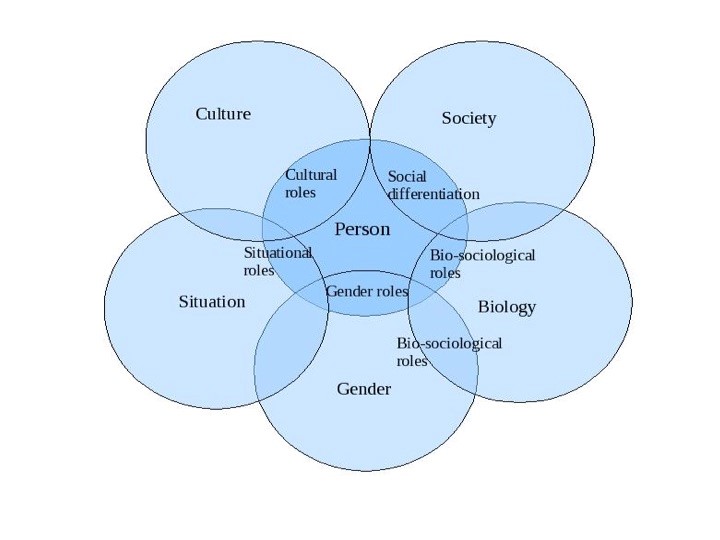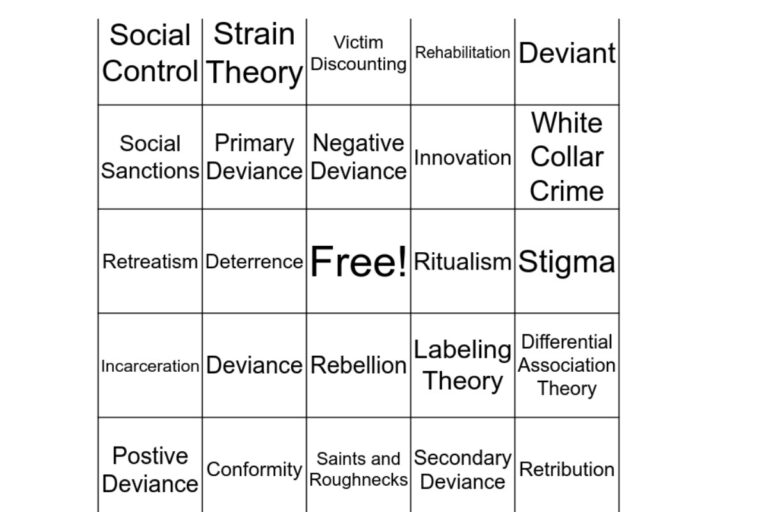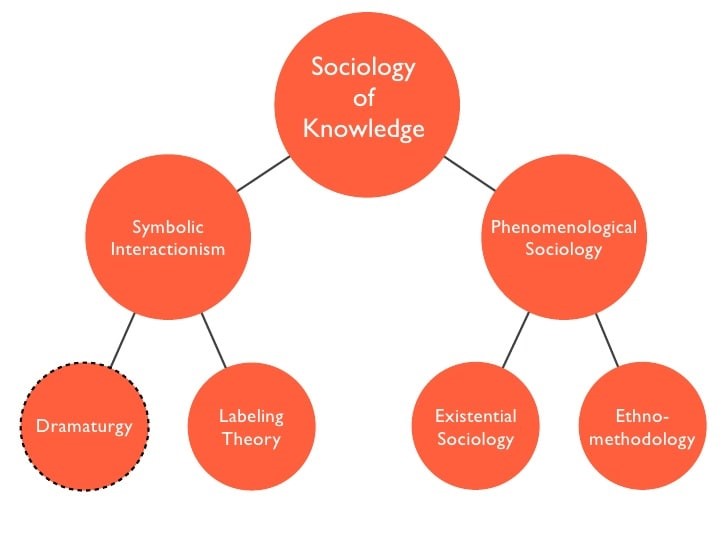Reintegrative Shaming -Theory, Definition, and Examples
Introduction
Reintegrative shaming is a term that has been developed within the traditional ethical theory to improve criminal justice practice. Since not all theories of punishment and theories of justice focus solely on the punitive approach, a new theory was needed to establish a balance between these two approaches.
Integrative Shaming
This method is one of the best ways to treat criminals. We can finally begin their rehabilitation by not treating them as bad people (which is how they view themselves).
The offender is allowed to be involved in the ultimate decision-making process about what punishment is appropriate.
Because this type of rehabilitation works, it has become more accepted over time, but not enough for all criminals (i.e., some offenders who are too challenged to be reintegrated into a community) or for one particular type of criminal.
Disintegrative Shaming
Disintegrative shaming is based on the principle that shame can be used as a deterrent from crime. Crime causes all of society to lose respect for the offender because no one wants to be associated with the label of a criminal.
This type of shaming is considered a form of punishment and is used to ensure that the offender will never commit another crime. It is best used for criminals who are isolated and who have low levels of intelligence.
The Reintegrative Shaming Theory
The theory has developed into an approach to criminal justice in a new theory that aims for both punishment and public protection. The use of this term has been derived from the theories of reintegrative shaming developed by John Braithwaite.
Reintegrative shaming is a theory that suggests that punishment can only reduce crime if the offender is integrated into their community. This method is also a form of restorative justice. It ensures that offenders become productive members of their communities. However, the culprits must first serve the required punishment as stipulated by the court.
Reintegrated Shaming Application
As a form of restorative justice, this theory relies on mediation programs to avoid crime. The main aim of this approach is to use community members as mediators to mediate conflicts and thus avoid crime.
This form of mediation involves all those who are likely to be affected by a crime. This group is called the stakeholders that include, but are not limited to, victims, offenders, and members of the community.
Unlike other theories based on punitive measures alone to reduce crime, this theory does more. It uses the reintegration of offenders into society as a means of reducing crimes. This theory is different from other theories in that it is aimed at making the communities better.
Re integrative shaming theory is a unique approach to criminal justice. It uses the community members as partners in crime prevention, thus making communities safer. The method also aims at preventing future victimization of individuals by focusing on the needs of victims.
“The use of shame and reparation, when relied on for their own sake, are unlikely to achieve sustainable change in offending behavior” (Braithwaite, 1989).
According to the theory of reintegrative shaming, reintegrating criminals into their communities makes punishment more effective. This is the concept of shame and restitution.
These methods alone cannot be used to reduce crime, and rather than bringing about sustainable change in offenders, they might make criminals more violent.
Thus, the real aim of this theory is to ensure that offenders do not go back to crime after they have served their sentence. For punishment to be effective, it must lead to the reintegration of criminals.
You may also be interested in master status in sociology
The Basis of the reintegrative shaming theory
John Braithwaite’s reintegrative shaming is based on control theories, labeling approaches, and social disorganization theories.
Control Theories
Control theories look at crime as a means of fulfilling universal human needs. According to these theories, the main factor determining whether one turns to crime is one’s ability to fulfill these needs legally.
According to Braithwaite, people will not commit crimes if they have access to opportunities to fulfill their basic needs in a socially acceptable way. This means that the absence of such opportunities will force individuals to look for alternative ways of fulfilling their needs. Such alternative ways may include breaking the law, hence, the involvement of individuals in criminal activities.
Braithwaite does not believe that individuals who commit crimes do not have a choice to fulfill their needs. On the other hand, he believes that individuals have legal and illegal ways of fulfilling their needs.
Therefore, when an individual commits a crime against another person or his property, they believe that the gains outweigh the losses. In the control theory, people are motivated to commit a crime because they judge that they will gain more than they lose. This theoretical study supports Braithwaite’s statement that “crime is an effective means to resolve a conflict.” (Braithwaite, 1989).
You may also be interested in social control theories
The Labeling Approach
According to this approach, people who commit crimes are a social problem because they violate certain norms that govern the activities of individuals in society. It is these norms that make certain behaviors acceptable.
Thus, individuals who violate such norms are considered deviant and are subjected to labeling. This leads to a change in the behavior of offenders as they strive to conform to societal requirements.
The Social Disorganization Theories
This theory states that crime is reduced by creating a more conducive social environment. According to Braithwaite, society is less likely to suffer from crime if it is free of racial prejudice and provides a positive environment for all residents in the country. This way, crime is reduced by providing opportunities for individuals to fulfill their basic needs legally.
Braithwaite emphasizes that the offender’s social environment has a huge role in the commission of a crime. According to this theory, individuals are more likely to turn to crime if they live in an environment where opportunities are not provided for them. Such people will turn to criminality to fulfill their needs since they can’t do it legally.
You can check our complete article on social disorganization theory
Examples of Reintegrated Shaming


The following are examples of reintegrative shaming:
- Having to face the victim(s) or their family members and explain that the crime committed was not a good thing.
- Meeting with mentors, probation officers, and volunteers from the community who would be helping the person fulfill various responsibilities.
- Paying a fine, giving something of value, or doing community service.
- Agreeing to be subject to random drug or alcohol testing, searches, and curfews.
- Having restrictions placed on social life, such as prohibited association or no contact with the victim(s) and their families and friends.
You may also be interested in theories of crime
Bottom Line
Reintegrative shaming theory suggests that the use of shaming tactics by the criminal justice system may produce an individual who has internalized the values of society. Such an individual will desire to comply with societal expectations and avoid committing crimes in the future.
Thus, reintegrative shaming may encourage the offender to reform upon release from prison. Unlike other methods of punishment, such as imprisonment, reintegrative shaming gives offenders a chance to reform themselves.
Thank you for reaching this far. In case you are still in doubt or need our top sociology tutors to handle your assignment just to be sure, click the green button below!







